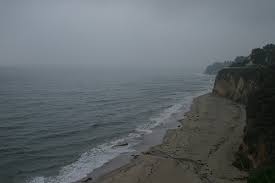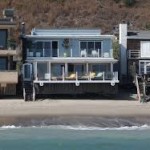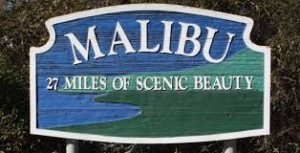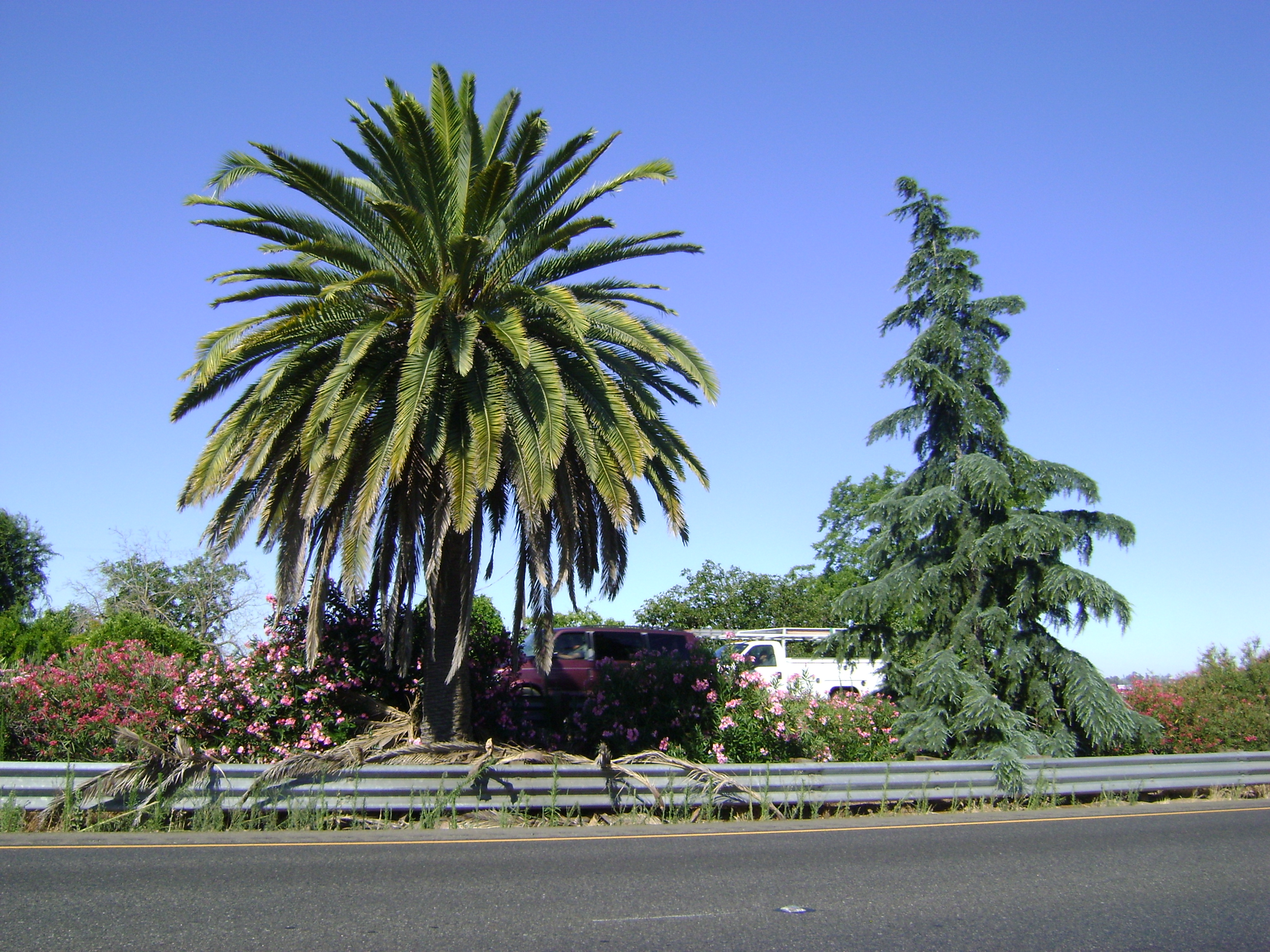by Bob Sparrow
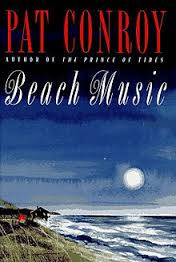 Beach music is the music I hear on the rare occasions I frequent the beach. Beach Music is also the name of a novel by my favorite author, Pat Conroy, who wrote a number of classics, and who sadly passed away earlier this month. He wrote prose like poetry – such a gifted writer, gone too soon. Here a passage from Prince of Tides that I think exemplifies his writing . . .
Beach music is the music I hear on the rare occasions I frequent the beach. Beach Music is also the name of a novel by my favorite author, Pat Conroy, who wrote a number of classics, and who sadly passed away earlier this month. He wrote prose like poetry – such a gifted writer, gone too soon. Here a passage from Prince of Tides that I think exemplifies his writing . . .
It was growing dark on this long southern evening and suddenly, at the exact point her finger had indicated, the moon lifted a forehead of stunning gold above the horizon, lifted straight out of filigreed, light-intoxicated clouds that lay on the skyline in attendant veils. Behind us, the sun was setting in a simultaneous congruent withdrawal and the river turned to flame in a quiet duel of gold.
You and I would just write something like, “Hey, the moon is coming up just as the sun is setting, cool.”
Although I have lived nearly my entire life within a half-hour’s drive of one beach or another, I am not, nor have I ever been, a ‘beach person’. So the music I hear is not actual music, but rather the vibe of the beach; the pounding of the surf, the squawking of sea gulls, the spray of the ocean on my face. To me, beaches are most interesting in the winter when it’s cold and rainy. It’s at those times that the coast briefly returns to its natural state of sand beaches with no umbrellas stuck in them and the rhythmic and steady slapping of the ocean on the shore. Even without all the man-made trappings, each beach has its own personality. My destination today is Malibu. I choose it not for it’s popularity or its connection to Hollywood stars, but rather because of its most-interesting history.
Malibu’s ‘Hollywood’ past includes being the backdrop for such movies as Gidget, Planet of the Apes and Grease as well as the TV productions of Happy Days, Baywatch and The O.C. – yep the series about life in Orange County was filmed in Los Angeles County! Past residents of Malibu include, Charlie Chaplin, Mary Pickford, Douglas Fairbanks, Gloria Swanson, Rod Steiger, George C. Scott and Johnny Carson to name just a few. The long list of present residents includes, Leonardo DiCaprio, Robert Redford, Tom Hanks and Whoopi Goldberg.
‘Malibu Beach Music’ – a few of the musical artists in Malibu include Barbra Streisand, Bob Dylan, Lady Gaga, Rihanna, Cher, Brad Paisley, and Pink.
With all the enclaves in southern California, why have so many stars chosen Malibu as their home? I thought you’d never ask.
It’s all about the privacy, and of course the weather. And why is Malibu more ‘private’ than any other place? I found the answer to that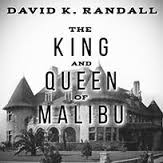 question in a book I recently read called, The King & Queen of Malibu, written by David K. Randall. It is a fascinating story of Fredrick and May Rindge, an odd, millionaire couple from Boston, who came to California for ‘health and wealth’ and in 1891 ended up buying over 13,000 acres of property called ‘the Malibu’, that included Topanga Canyon, the Santa Monica Mountains and Malibu Beach.
question in a book I recently read called, The King & Queen of Malibu, written by David K. Randall. It is a fascinating story of Fredrick and May Rindge, an odd, millionaire couple from Boston, who came to California for ‘health and wealth’ and in 1891 ended up buying over 13,000 acres of property called ‘the Malibu’, that included Topanga Canyon, the Santa Monica Mountains and Malibu Beach.
The Rindges guarded their privacy zealously; hiring armed guards to shoot any trespassers, which they did! They successfully fought off Southern Pacific Railroad, who wanted to establish a railroad line through their ranch, but in 1929 lost an ‘eminent domain’ fight, which allowed the government to put a road through their property along the coast – that road today is the Pacific Coast Highway (PCH). But May Rindge, then a widow, kept control of Malibu Beach, and in order to raise much-needed money, she allowed a few Hollywood stars to build vacation homes there, and thus ‘the Colony’ was created.
I decided that I would take the hour or so drive north to discover what I could of what Malibu looked like today. I arrived in Malibu in an early morning fog that would hang on for another hour or so before the sun burned through the marine layer to reveal the full extent of the coastline. The fog was dense and close and a chill rented the air on this last day of winter.
Upon entering the city limits of Malibu, I encounter a sign welcoming me to Malibu, stating, “27 Miles of Scenic Beauty’. My research had told me that since being incorporated, Malibu had 6 miles of that 27 annexed by Ventura County, so it’s now only 21 miles of . . . regarding the ‘Scenic Beauty’, when one drives north on PCH though Malibu, the mountains rise sharply up on the right so all one sees is dirt or hillside grass. On the beach side there is a continuous line of two-story homes that are connected so as to limit access to, and visibility of, the beach; so all one can see are garages and the backs of houses. I’m sure the views from the homes are great, but the average Joe can not only not get to the beach, he can’t even see the ocean. And although Malibu’s beaches are all officially ‘open to the public’, beach access is limited and well hidden thus keeping Malibu a secluded and private city; which is why the stars are there.
As I drove further up the coast, I came to the realization that I was not only not going to see Jennifer Anniston walking her dog on the beach, but I wasn’t even going to get to walk on the beach myself. As I turned around and headed south for home, I remembered why I never really was a beach person.
